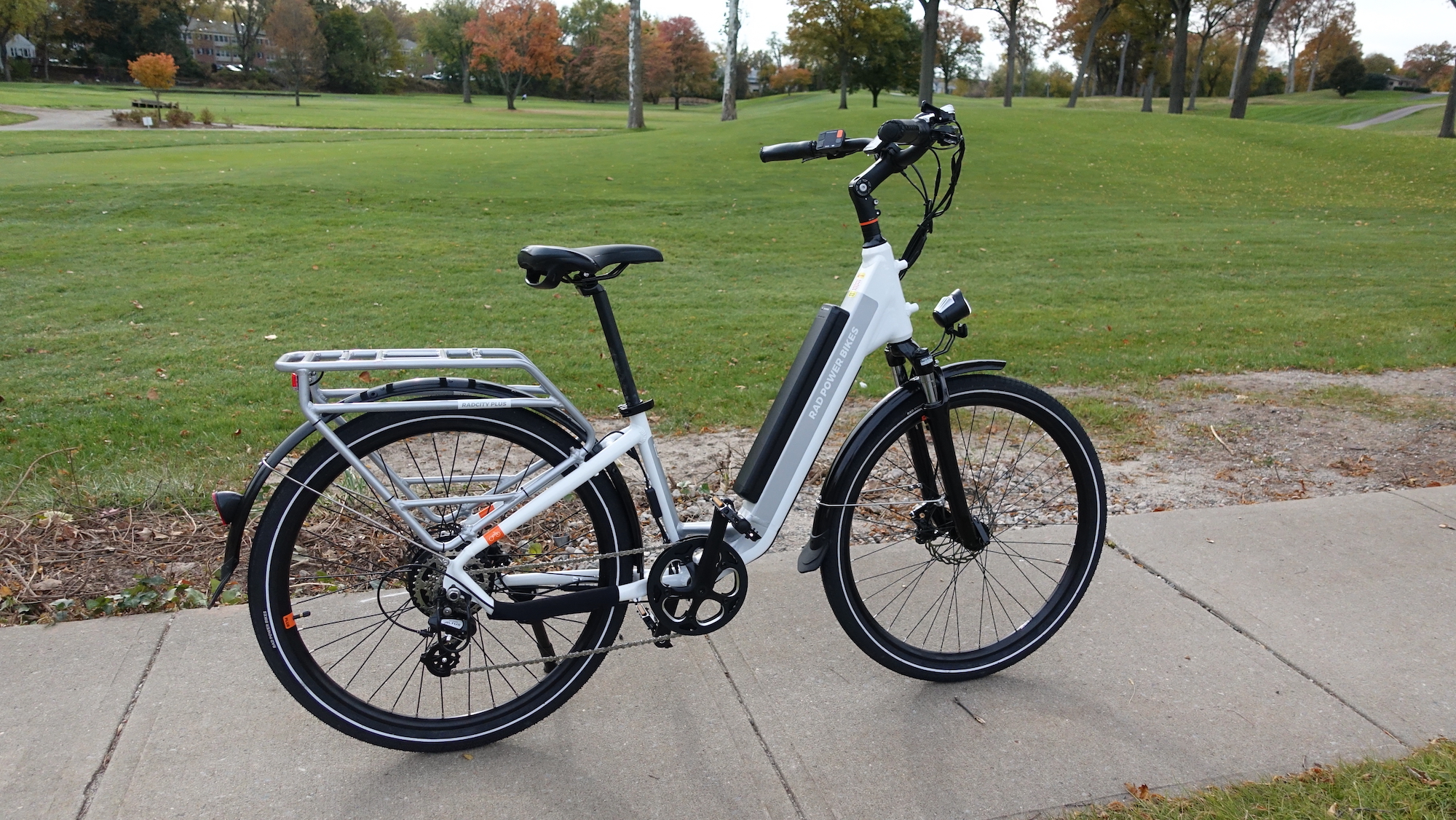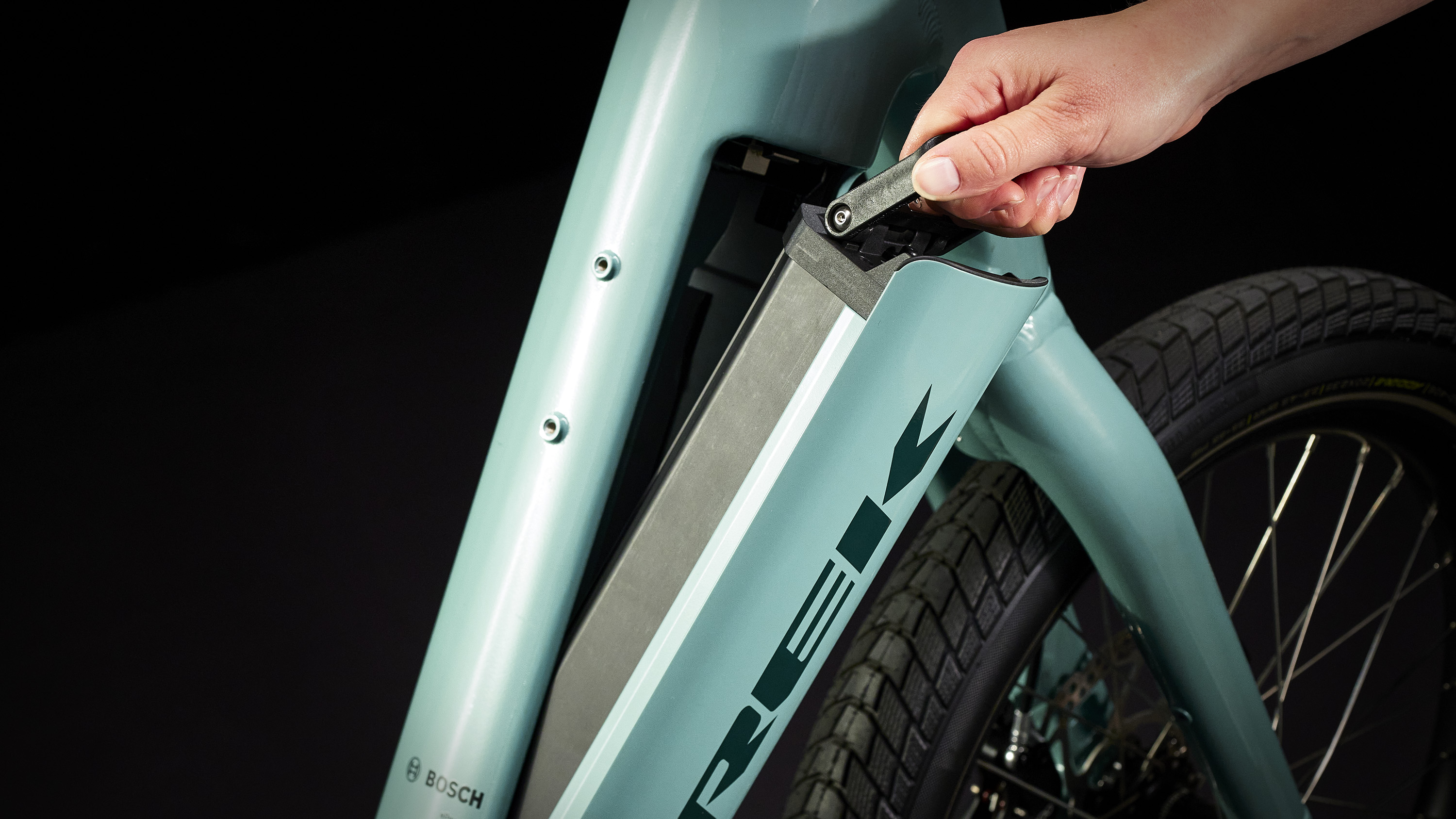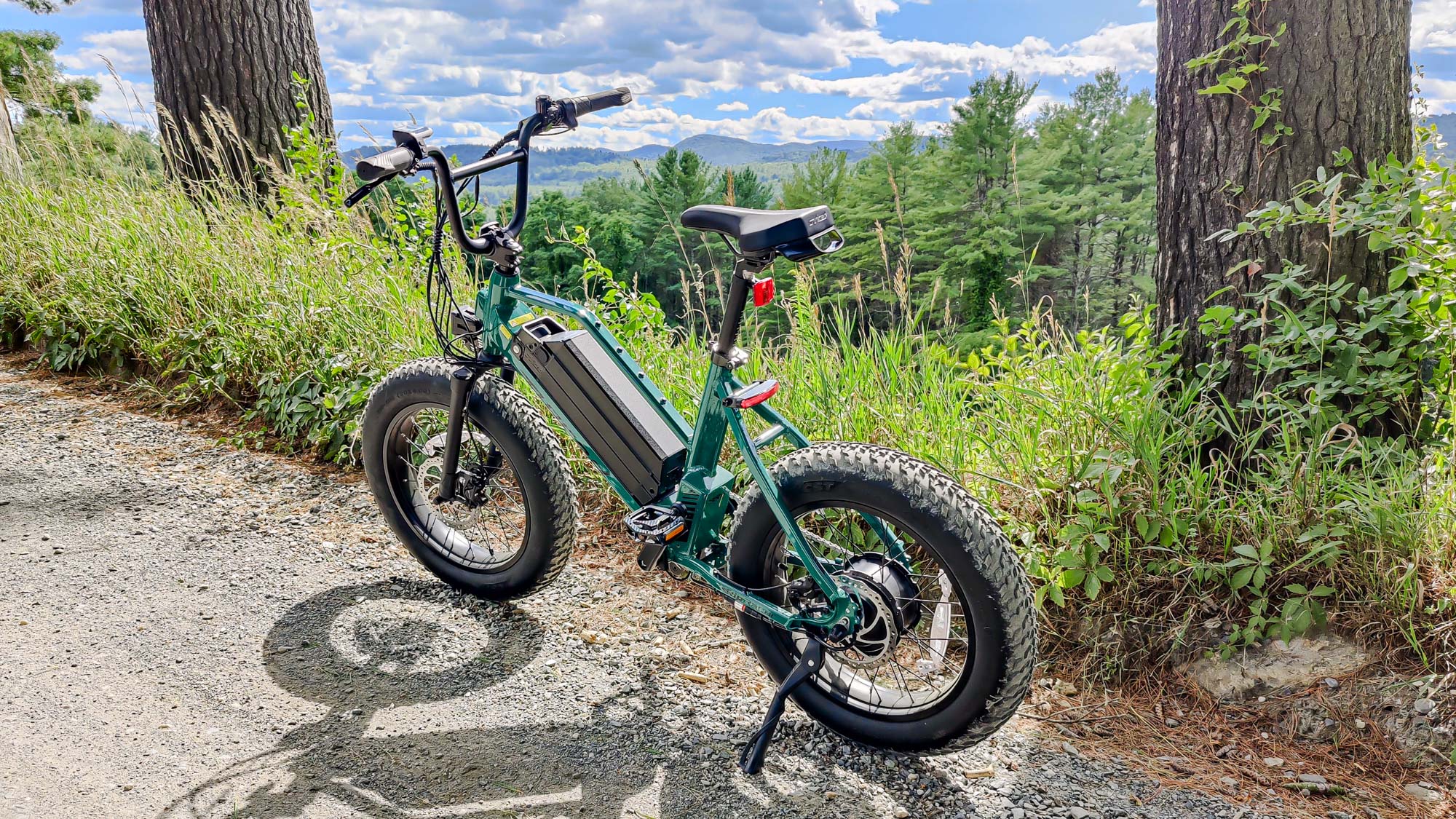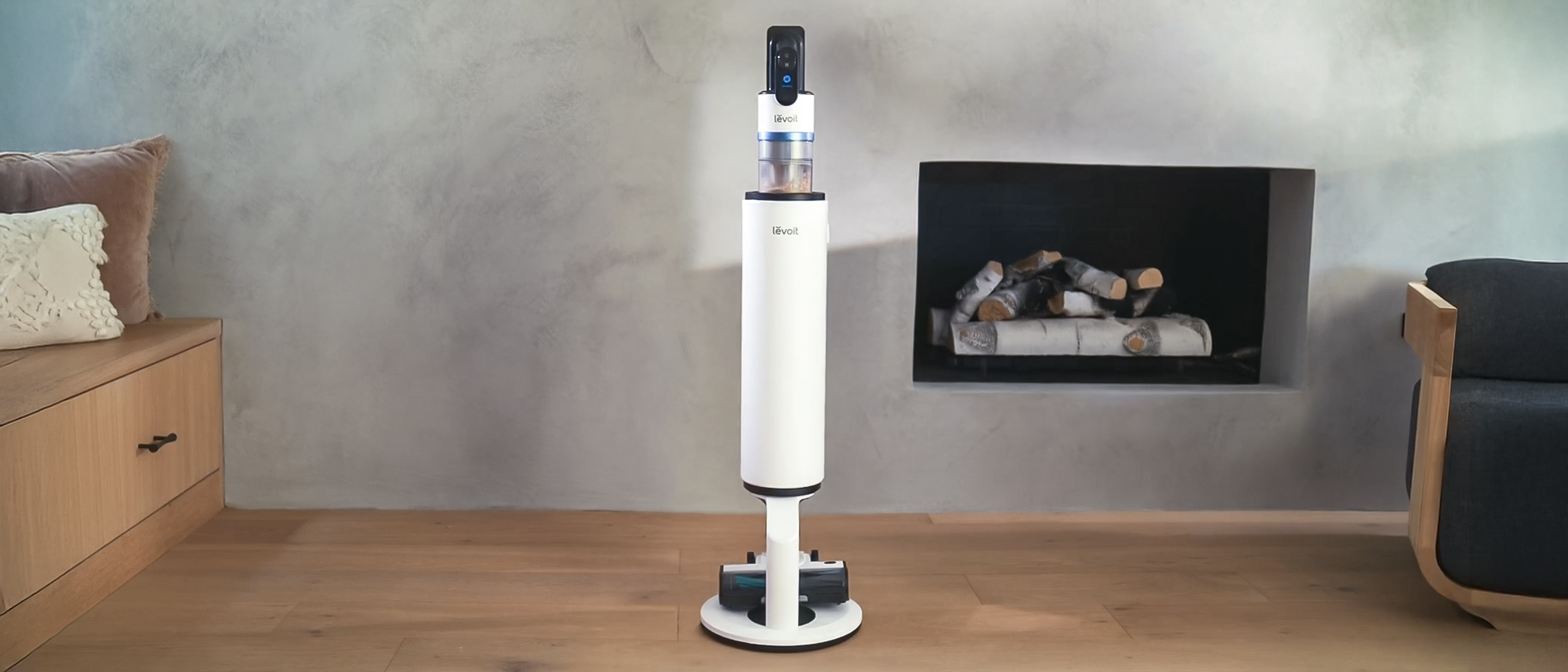I review ebikes for a living — here's the 3 things I look for
The three things you should look for when buying an electric bike.

When you buy a car, a test drive is a no-brainer. With bikes, it's a little different. These days, it’s harder to test-drive an e-bike before buying one. While your local bike shop may have some in stock, there are so many e-bikes on the market that it's difficult to test ride many.
I’m fortunate, however; I test them for a living and have thrown a leg over just about every type of e-bike you can imagine. As someone who has spent more time on e-bikes than the average consumer, I have been lucky enough to hone my shopping criteria to make it easy to choose the right e-bike.
Here are the most important features and considerations I look for when choosing the best e-bike.
What type of bike do you want?
The criteria that make up a ‘good’ e-bike depend largely on whether you intend to use that bike for performance (like racing, long rides, mountain biking, etc.), or for commuting and versatility.
Most riders are in the market for the latter. When choosing a commuter or cargo bike, focus on ease of use and low maintenance components. You don't need something super-flashy; you need something that's comfortable and functional.
Performance riders will want to choose a lighter e-bike with more power capabilities and battery efficiency.
Type and size of battery

Once you've narrowed down the type of bike you want, the next thing is to look for a bike that has a battery that's best for how you plan to ride.
Get instant access to breaking news, the hottest reviews, great deals and helpful tips.
Choosing a battery comes down to two major considerations. First, does the battery have enough capacity to power the motor for a long enough period of time? And second, does the battery come from a reputable source?
When you’re considering an e-bike purchase, you can find information on the battery that usually includes the battery’s voltage (V), amp hours (Ah), and/or watt hours (Wh).
Put simply, a higher voltage number will deliver power more quickly. And a higher Ah number means the battery has a higher charge capacity that will deliver power for a longer period of time.
A 48V battery has become more or less standard on quality e-bikes. Above that rating, the battery can pose some safety risks; below that, the battery may not be able to deliver enough power quickly enough to be useful.
A battery’s source is also important. Many brands will now advertise where the battery or the battery’s cells were sourced. You may see terms like “Tesla-grade” or “LG-Samsung cells.” The latter terminology indicates exactly where the battery cells came from. Tesla-grade can mean many things and doesn’t tell you where the battery cells came from.
Generally, it’s best to know that the battery and its cells came from a reputable source. Cheaply built batteries can cause problems like fast capacity drain, malfunctions, and even fires. Choose a bike with a battery that comes from a reputable source, or from a brand that will safely transport and recycle the battery in the event of a malfunction.
Type of motor

There are two general types of motors: hub drive and mid-drive. The hub drive motors can live in either the rear or front wheel. The mid-drive motor is integrated into the bicycle’s bottom bracket area (in between the pedals).
If I’m testing a performance bike like a mountain bike or road bike, I prefer a mid-drive motor. But for most other types of bikes, a hub motor is preferable.
That’s because hub drive motors tend to be much lower-maintenance. Since they’re most often based in the rear wheel, the motor won’t put extra stress on the drivetrain components. That means the components will last longer. While they tend to be heavier than mid-drive motors, and your gear choices will be limited due to the hub motor’s size, a hub motor is by far the simpler, lower-maintenance option. They're generally less expensive, too.
Why bother with a mid-drive motor then? For starters, mid-drive motors tend to be lighter, and they place the weight of the motor more centered on the bicycle. That improves handling.
And mid-drive motors allow riders to choose from a wider array of gearing options, since such systems use smaller, more traditional hubs. That also means that changing a flat tire is much easier, since there are fewer components to contend with at the rear wheel.
All of those factors matter more for performance riders who will likely be performing their own maintenance, and who need more gearing options for undulating terrain. But mid-drive motors can wear out drivetrain components more quickly, since the motor’s assist power transfers directly to the drivetrain rather than the rear wheel.
More importantly, it’s vital to pay attention to the motor’s Newton Meter (Nm) rating. This is a torque rating; a higher rating means the motor can deliver more power up hills and over obstacles.
Throttles allow the rider to use the motor assist without actually pedaling. Throttles are most useful for commuter-style bicycles and cargo bikes. They help you get the bike rolling from a dead stop at intersections, and give you a bit of a boost on hills and when the bike is loaded with cargo. I prefer a throttle on cargo bikes specifically, and heavier commuter bikes.
How to choose the best e-bike for you

Choose the e-bike that suits the type of riding you’ll be doing. From there, pay close attention to the battery’s source and capabilities. Combine that with the type of motor that makes the most sense for the riding you’ll be doing.
That simple calculation should land you with the best e-bike for the type of riding you’ll be doing. After that comes the fun part: outfitting your e-bike with fun and useful accessories.
More from Tom's Guide

Dan Cavallari is the former technical editor for VeloNews Magazine, who currently reviews electric bikes, bike lights, and other bike accessories for Tom's Guide. In addition to VeloNews, his work has appeared in Triathlete Magazine, Rouleur Magazine, CyclingTips.com, Road Bike Action, Mountain Bike Action, CycleVolta.com, Tomsguide.com, and much more. Dan also hosts two podcasts on his site, Slow Guy on the Fast Ride: One is about cycling and other outdoor activities, while the other looks at mental health issues. Most recently, Dan also covered the 2022 Tour de France. Dan lives outside of Denver, Colorado with his family.
